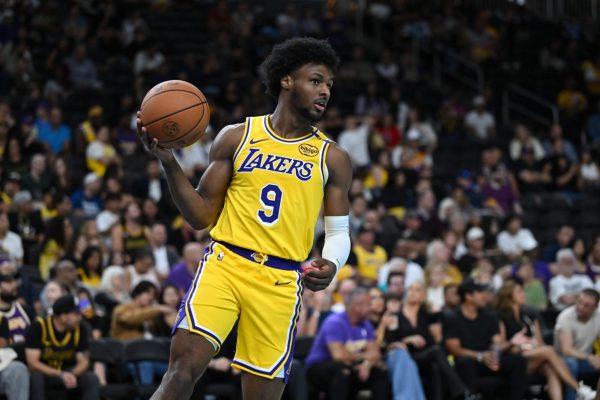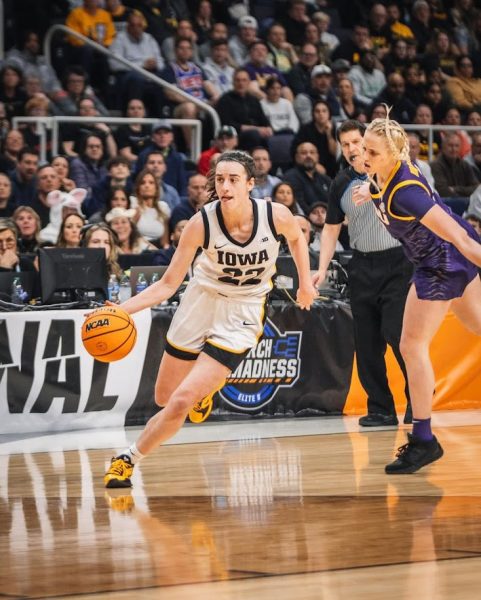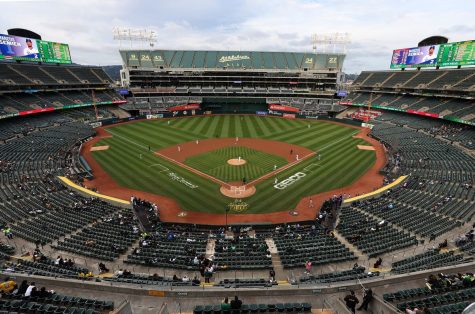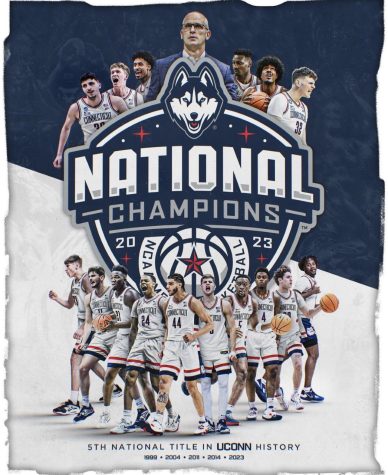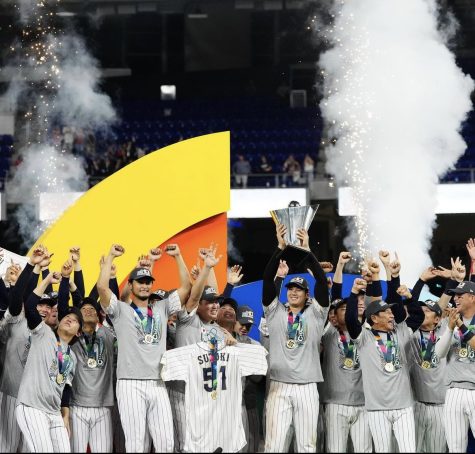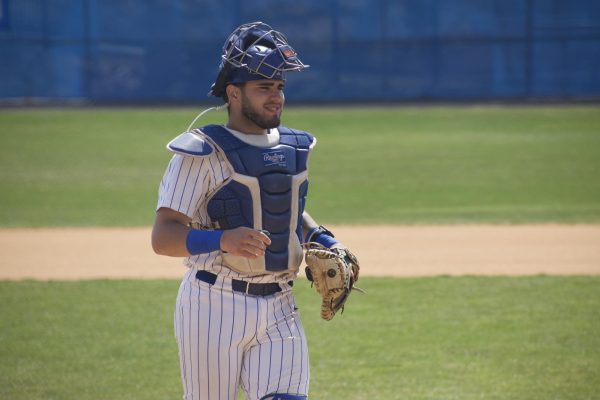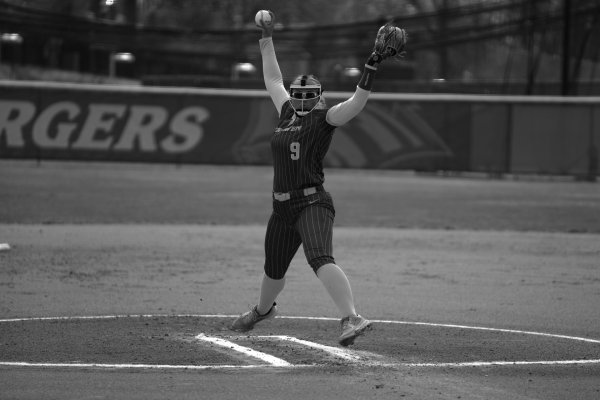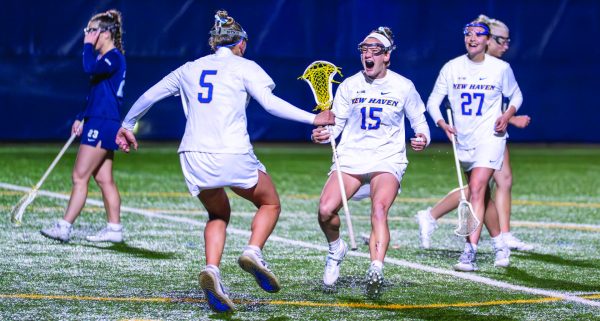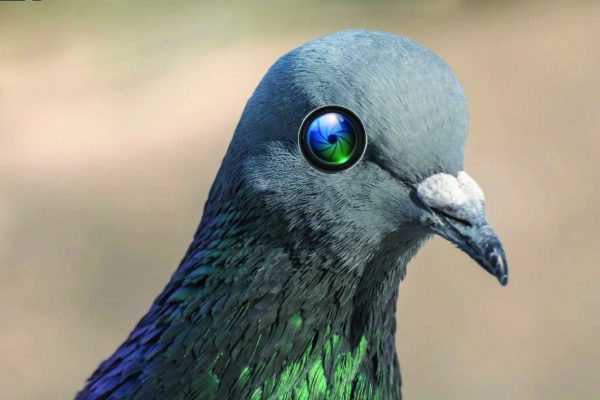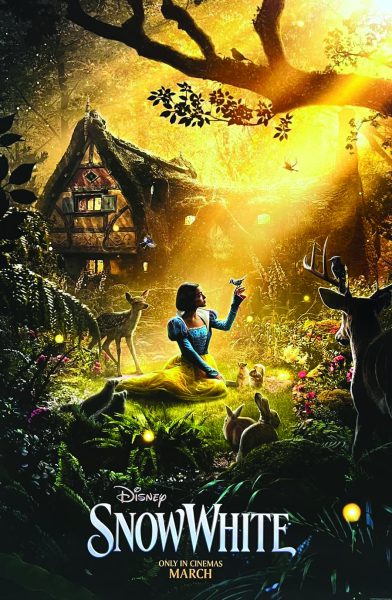Are Shootouts on the Way Out?
Imagine this: You’re watching your favorite hockey team play, and they’re playing a team that’s only a little bit better than them. The stakes? A playoff spot.
The play between both teams is been pretty equal, and the referees haven’t been too terrible. A few goals are scored. The actual score isn’t important here, but what is important is that at the end of 60 minutes of regulation the two teams are tied. To overtime they go!
For five minutes, both teams play their hearts out in 3-on-3. Announcers are calling the game a goaltending clinic because both goalies have been exceptional.
Still, after five minutes, it’s a tie game. What happens next?
The shootout. A skater vs. a goalie to break the tie. Without getting into the intricacies of the shootout’s rules, it’s up to a single player’s shot and a single goalie’s reflexes to decide which team will come away with the win.
The other team’s goalie is just a little sharper, and your team’s shooters just don’t have it in them tonight. Your team loses the game, and they lose the playoff spot.
In a sport that’s innately team-based, deciding the winner of a game by a single player’s shot takes away the entire team aspect of the sport, and frankly, it’s possibly the least fair way to decide the winner of any game.
“Overtime is a game; the shootout is practice,” says hockey writer Steve Dangle in a video posted on his Youtube channel following the Toronto Maple Leafs’ third shootout loss in 24 regular season games.
In theory, the shootout seems like a great idea, and quite frankly, shootout goals are really fun to watch sometimes. There are some players, like vets Nicklas Backstrom and Jordan Eberle, and rookies Mitch Marner and Brayden Point who score beautifully and typically do well in a shootout setting.
In practice, though, the shootout more often than not turns into a show of goaltending ability alone. Coaches, when choosing shootout lineups, typically leave out their star goal scorers. Shootout goals don’t go in very often, and sometimes all it takes is a bad bounce for the puck to slide behind the line. That bad bounce could turn out to be the game winner, because no one else is getting the puck past the goalie.
Some of the NHL’s best players, who typically lead their teams in goals and points, have less than great records in the shootout. In his entire rookie season, and the first two months of his sophomore season, Connor McDavid’s shootout record was 0-4.
At the beginning of the 2015-2016 season, the NHL began experimenting with overtime in attempts to minimize the number of games that go to a shootout. In previous seasons, 5 minutes of 4-on-4 overtime was played, and if the game didn’t end after that, a three round shootout determined the winner.
Starting in October 2015, the NHL adopted an AHL policy of 3-on-3 overtime. It proved to be highly successful at the minor league level, with the amount of games going to a shootout decreasing from 64.7% to 34% after going from 4-on-4 to 3-on-3, according to Yahoo Sports’ Greg Whyshynski.
Now, any NHL game ending in a tie would play 3-on-3 for 5 minutes, and if the game is still tied, they would proceed with the shootout.
The number of games progressing to the shootout has decreased from 170 in 2014-2015 to 107 in 2015-2016, per Whyshynski. In the preseason following the rule change, the average time it took to score was 2:49, if a goal was scored in the overtime period. While that’s progress, it wasn’t as effective as people had hoped it would be going into the season.
The shootout remains to be an integral part of NHL hockey, even though there are easy changes that could be enacted to make the number of shootouts lower, or just eliminate them completely.
One suggestion made by some hockey writers is to have continuous 3-on-3 overtime, because the odds of it going beyond about ten minutes is slim. Some say that the games that went to shootout so far this season could have probably been avoided by just extending the overtime period. Adopting overtime rules similar to the ones that playoff games follow would significantly aid phasing the shootout out of the NHL.
In the NHL playoffs, there are no shootouts. Instead, a sudden death 20-minute long overtime period begins. It’s played 5-on-5, and the amount of overtimes played depends entirely on how long it takes someone to score – in recent seasons there have been a number of triple-overtime games, the equivalent of playing two full games back to back.
Taking the idea and tweaking it to fit the regular season could effectively end the shootout’s place in the NHL.
One thing the NHL does right about shootouts is eliminating them in the playoffs and Stanley Cup finals. That way, playoff series and the Stanley Cup Final cannot be decided in a shootout.
The International Ice Hockey Federation, the governing body that holds the World Championship and the World Junior Championships, doesn’t have a rule in place regarding shootouts, only the length of the overtime period that proceeds it depending on which round of play the game is in. Multi-Overtime games don’t happen in these tournaments, but because of this, pivotal games can come down to which teams’ skaters are sharper and which goalie has maybe one off-moment.
That’s right, gold medal games in international play can be decided in shootouts. And sometimes, they are.
At the most recent World Junior Championships, the United States and Canada were tied at 4 after 60 minutes of regulation and a 20-minute overtime.
If this were a game played under NHL rules, another overtime would follow. Instead, it was up to Canadian Carter Hart and American Tyler Parsons’ abilities to stop the puck.
The United States won, 5-4, but online reaction showed that many people questioned why a game like that would even proceed to a shootout in the first place.
All results and national loyalties aside, a shootout is not, and never should be, the way to decide a champion.
Slowly, the shootout is losing its place in hockey, but not changing rules like the IIHF’s make sure that it won’t ever be completely phased out.

Angela Tricarico is a junior communications major, with concentrations in journalism and public relations, a sport management minor and an English minor....



